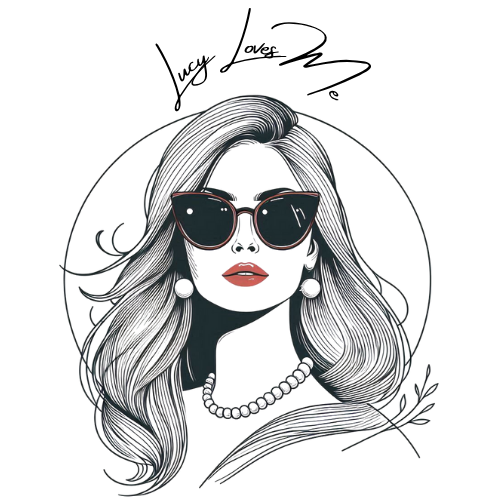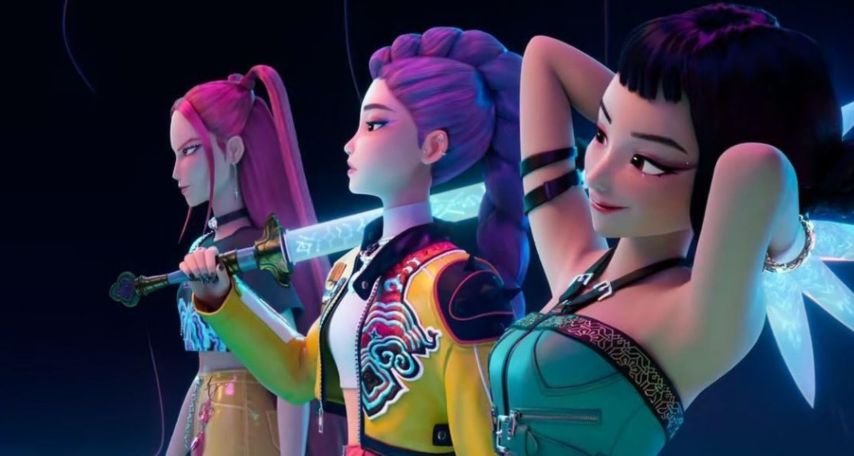The Animated Revolution That’s Redefining K-Pop’s Global Reach
Three TWICE members just made chart history by voicing cartoon characters. And somehow that’s the least weird part of this story.
Welcome to 2025, where fictional K-pop groups are outstreaming BTS, animated demon hunters have spawned genuine TikTok crazes, and Netflix’s algorithm has apparently achieved sentience by turning a bonkers anime-inspired fever dream into the year’s most unlikely cultural juggernaut.
KPop Demon Hunters follows girl group Huntr/x – comprising Rumi, Mira, and Zoey – who balance sold-out stadium performances with secret demon-hunting duties.
Think Spice Girls meets Buffy the Vampire Slayer, but with significantly better choreography and supernatural sword fights.
Their nemesis happens to b the seductive boy band Saja Boys, who are (plot twist alert) actually demons masquerading as heartthrobs.
What began as Sony Pictures Animation’s ambitious gamble on blending K-pop culture with supernatural fantasy has evolved into something far more significant: a cultural experiment that’s rewriting the rules of both animation and music industry success.
When cartoon characters start outperforming real artists on Spotify, we’ve officially entered uncharted territory.
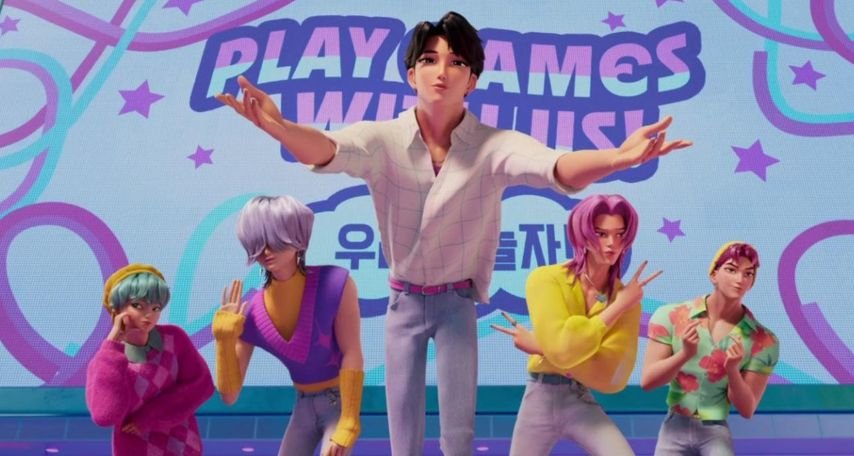
Which K-pop idols are in KPop Demon Hunters?
Here’s where reality gets properly tangled with animation. TWICE members Jeongyeon, Jihyo, and Chaeyoung perform Takedown – the film’s warrior anthem that’s currently demolishing the Billboard Hot 100 and inspiring dance challenges across every conceivable social platform.
This marks their first recording as a trio, creating a peculiar bit of K-pop history wrapped inside an animated fantasy.
“When I first heard the song, it was so intense that I wondered, ‘Can we really pull this off?'” Chaeyoung confessed to Netflix. Yes. they absolutely smashed it.
But TWICE aren’t the only real talent lending credibility to this animated universe.
The fictional Huntr/x draws vocal power from Ejae (Rumi), Audrey Nuna (Mira), and REI AMI (Zoey), whilst the villainous Saja Boys feature Andrew Choi as leader Jinu, supported by genuine K-pop producers crafting their deceptively catchy demon anthems.
It’s a casting strategy that feels both calculated and inspired – real voices for fictional characters, creating authenticity where logic suggests there should be none.
Cast of KPop Demon Hunters: Where Animation Meets Authenticity
The voice cast reads like someone raided the contact book of every decent Asian-American talent agent in Hollywood.
Arden Cho (Teen Wolf, Partner Track) leads as Rumi, bringing both dramatic gravitas and believable pop star magnetism to the half-demon protagonist.
Ahn Hyo-seop, beloved for K-dramas like Business Proposal, voices the tormented demon Jinu with surprising emotional complexity.
Ken Jeong pops up as Bobby, the perpetually frazzled manager – because apparently every animated musical needs at least one adult having a nervous breakdown.
Daniel Dae Kim and Lee Byung-hun anchor the supporting cast with the kind of seriousness that prevents the whole enterprise from floating off into pure sugar rush territory.
The genius lies in separating speaking and singing voices. Seasoned actors handle the emotional heavy lifting whilst genuine vocalists deliver K-pop-calibre performances that could fool industry professionals.
It’s a dual authenticity that most animated musicals never even attempt.
KPop Demon Hunters Soundtrack: When Fictional Becomes Frighteningly Real
This is where things get absolutely crazy. The soundtrack hasn’t just succeeded – it’s created a parallel musical universe that’s somehow colonising our reality.
Huntr/x has become the third most-streamed K-pop group globally, trailing only BTS and Stray Kids. Read that sentence again.
Cartoon characters are outperforming established acts with decades of industry experience.
The album claimed the highest debut position for any 2025 soundtrack on the Billboard 200, whilst songs like Golden achieved a perfect all-kill on Korean charts – a feat that eludes most actual K-pop groups.
Takedown has spawned countless covers, dance interpretations, and probably at least three marriage proposals on social media.
The secret could just be industry heavyweight Teddy Park (the mastermind behind Blackpink’s biggest hits) and Grammy-winning Lindgren (who’s crafted tracks for BTS and TWICE) ensuring these songs could stand toe-to-toe with genuine K-pop releases.
This isn’t “animated film music” with quotation marks and caveats – it’s legitimate K-pop that happens to exist inside a fictional framework.
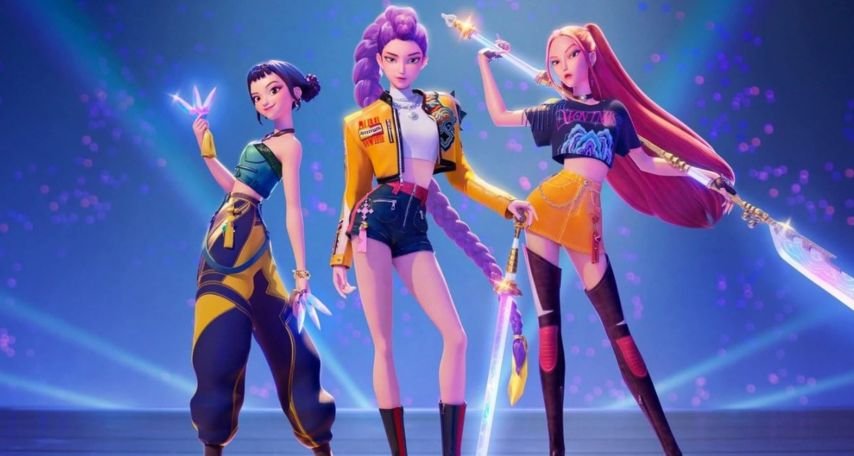
The Economics of Fantasy: When Cartoons Become Cash Cows
But here’s the uncomfortable question nobody’s properly addressing: what happens when fictional acts start dominating real artist revenues?
Streaming platforms pay the same rates whether listeners think they’re hearing BTS or cartoon characters.
Labels are already eyeing this model with the kind of gleaming interest usually reserved for cryptocurrency bubbles.
Imagine the cost savings: no tour buses, no prima donna meltdowns, no dating scandals to manage.
Just pure, marketable entertainment product with animated faces that never age, never demand creative control, and never accidentally tweet controversial opinions in the middle of the night.
The implications are simultaneously thrilling and terrifying. Are we witnessing K-pop’s innovative expansion into new creative territories, or the beginning of its replacement by algorithmically perfected alternatives?
Is KPop Demon Hunters a movie or a series?
It’s a feature-length film – 100 minutes of demon-slaying spectacle – released exclusively on Netflix on 20th June 2025.
Within weeks, it achieved something most animated films spend years chasing: it became the most-watched original animated movie in Netflix’s history.
The single-movie format works brilliantly here. No episodic padding, no drawn-out character arcs that test viewer patience.
Instead, you get concentrated doses of music, supernatural action, and surprisingly sophisticated emotional storytelling all wrapped up in one binge-worthy package.
Directors Maggie Kang and Chris Appelhans have already teased sequel possibilities, because apparently breaking streaming records means you’re legally obligated to develop a franchise.
Is K-pop demon hunter for kids?
Despite its animated format, KPop Demon Hunters carries a PG rating and operates on multiple audience levels – rather like a Pixar film, but with significantly more sword fighting and existential angst about demon heritage.
The supernatural elements lean more Sailor Moon than The Exorcist. There’s mild peril and some genuine emotional intensity around Rumi’s struggle with her dual nature, but nothing that would traumatise the average family movie night.
Where it excels is treating its young protagonists with proper respect. These aren’t one-dimensional action figures or sanitised role models. They are complex characters grappling with friendship betrayal, cultural identity, and the peculiar pressures of supernatural celebrity.
It’s sophisticated storytelling that never looks down on its audience.
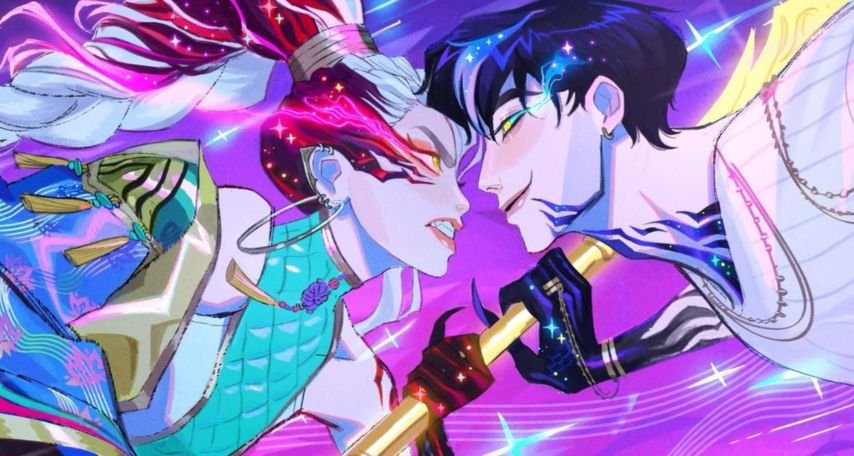
Where can I watch KPop Demon Hunters in the UK?
Netflix holds exclusive streaming rights globally, making it readily available to UK viewers with a standard subscription.
The film launched simultaneously worldwide on 20th June, ensuring international audiences could join the cultural conversation from day one – crucial for something this dependent on social media momentum.
The streaming-first approach has proven inspired. Rather than wrestling with theatrical distribution chains, the film landed directly in the hands of its target demographic: K-pop enthusiasts, animation lovers, and curious Netflix browsers looking for their next obsession.
The Double-Edged Sword: Cultural Bridge or Corporate Cash Grab?
This is where things get complicated. On the surface, KPop Demon Hunters offers something genuinely positive: meaningful representation for Asian talent in Western animation, authentic cultural details, and opportunities for artists like TWICE to expand their creative horizons.
Yet there’s something unsettling about real K-pop stars lending their voices to fictional characters who then eclipse actual groups on music charts.
Are we celebrating K-pop’s creative evolution or witnessing its commodification into easily digestible Western entertainment products?
The film treats K-pop as supernatural weaponry – literally turning music into demon-fighting tools.
That metaphor cuts both ways: either it’s an empowering celebration of music’s transformative power, or it’s reducing complex cultural artistry to fantasy gimmickry.
Industry critics rightly point out that whilst Netflix reaps global profits, Korean artists still face systematic barriers in Western markets.
The film’s success might actually reinforce the idea that K-pop needs Western packaging to achieve mainstream acceptance – a troubling precedent for cultural authenticity.
Then again, supporters argue that anything introducing K-pop to new audiences while maintaining cultural respect deserves celebration.
The film’s attention to Korean mythology, traditional weapons, and authentic Seoul locations suggests genuine appreciation rather than surface-level appropriation.
Perhaps we’re overthinking this. Maybe sometimes a demon-hunting pop group is just a demon-hunting pop group, and the fact that it’s entertaining millions whilst showcasing Korean culture is victory enough.
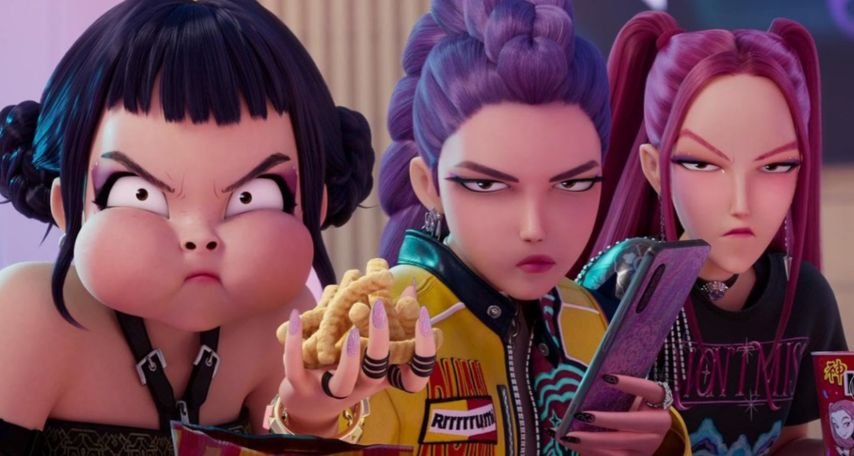
The Cultural Impact: When Details Actually Matter
What elevates KPop Demon Hunters beyond mere cultural tourism is director Maggie Kang’s Korean-Canadian background informing every creative decision.
The production team travelled to South Korea for research, capturing everything from Myeongdong’s street layouts to traditional folk village aesthetics.
Even the characters’ mouth movements were animated to reflect Korean pronunciation patterns, despite the English dialogue – the kind of detail that signals respect rather than appropriation.
Traditional weapon designs root themselves in authentic Korean objects, whilst the story weaves in shamanism, folklore, and contemporary Seoul landmarks with equal care.
The film also captures K-pop fandom culture with remarkable accuracy. Light sticks, fan signing events, perfectly synchronised choreography – these elements ring true to anyone familiar with the scene.
It’s this attention to lived experience that’s allowed fictional groups Huntr/x and Saja Boys to seamlessly integrate into real K-pop discourse.
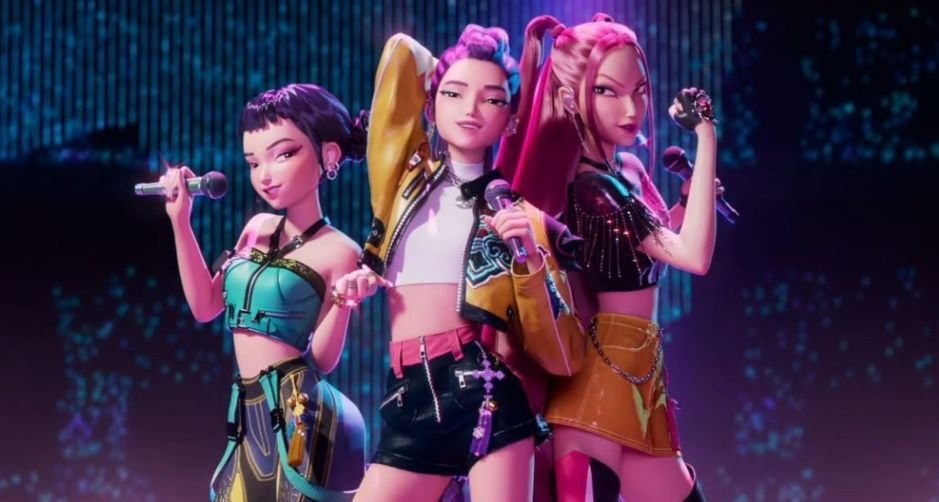
What’s Next for the KPop Demon Hunters Universe?
With record-breaking viewership and a soundtrack that refuses to leave the charts, sequel discussions are inevitable.
Kang and Appelhans have hinted at exploring secondary characters’ backstories and expanding the demon-hunter mythology – because apparently one animated K-pop universe isn’t enough for 2025.
The soundtrack’s continued dominance suggests genuine appetite for more music from both Huntr/x and their villainous counterparts.
Whether that manifests as additional films, spin-off content, or even live performances (imagine the logistics) remains tantalizingly unclear.
More intriguingly, other studios are undoubtedly watching this success with keen interest.
Will we see a flood of animated K-pop content? Are we heading towards a future where fictional bands regularly compete with real ones for chart positions?
For now, KPop Demon Hunters stands as proof that animated films can achieve cultural authenticity whilst delivering pure entertainment.
By merging real K-pop talent with fictional fantasy, it’s created something genuinely hybrid – not quite film, not quite music industry product, but an entirely new category of cultural phenomenon.
The collaboration between TWICE and this animated fever dream has produced one of 2025’s most unexpected success stories.
Who knew cartoon demon hunters could make such convincing pop stars? More importantly, who’s brave enough to try replicating this madness?
